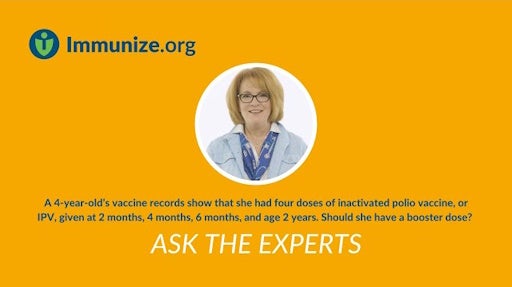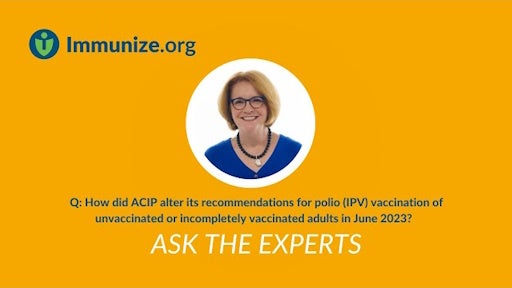- Polio
What is the current status of polio in the world?
Since the Global Polio Eradication Initiative was launched in 1988, the number of polio cases worldwide has declined by more than 99.99%. Among the three wild poliovirus (WPV) serotypes, only type 1 (WPV1) has been detected since 2012. Global eradication of type 2 WPV was declared in 2015; type 3 WPV was declared eradicated in 2019. The number of detected WPV1 cases has reached a historic low (33 cases in 2018 and 176 in 2019) in the last two countries with endemic WPV1 transmission (Afghanistan and Pakistan). However, during 2021–2022, Malawi and Mozambique reported nine WPV1 cases that were genetically linked to Pakistan. These cases highlight the risk for importation and the importance of maintaining enhanced global monitoring and surveillance.
This decline in polio cases worldwide is attributable primarily to use of the live, attenuated oral poliovirus vaccine (OPV) in national routine immunization schedules and mass vaccination campaigns. The success and safety record of OPV use is offset by the rare emergence of genetically divergent vaccine-derived polioviruses (VDPVs), whose genetic drift from the parental OPV strains indicates prolonged replication or circulation. Circulating VDPVs (cVDPVs) can emerge in areas with low immunization coverage and can cause outbreaks of paralytic polio. In addition, immunodeficiency-associated VDPVs (iVDPVs) can emerge in people with primary immunodeficiencies and can replicate and be excreted for years. During January 2020–April 2022, a total of 1,856 cVDPV cases were identified in 33 countries. In July 2022, a case of paralytic polio caused by vaccine-derived poliovirus type 2 (VDPV2) was confirmed in an unvaccinated young adult from Rockland County, New York.
In April 2016, all OPV-using countries switched from using trivalent OPV (tOPV; Sabin types 1, 2, and 3) to bivalent OPV (bOPV; Sabin types 1 and 3). To control and prevent cVDPV2 outbreaks, traditional monovalent type 2 OPV (mOPV2) has been distributed in affected countries; in addition, a novel monovalent type 2 OPV (nOPV2) that is less likely to produce cVPDV disease was listed under an Emergency Use Authorization (EUL) by the World Health Organization (WHO) in November 2020, (Bio Farma, Indonesia) to address the rising cases of cVDPV2. As of March 2023, close to 600 million doses of the nOPV2 have been used across 28 countries in outbreak response.
Additional information about the polio eradication program is available on the CDC website at www.cdc.gov/polio.

